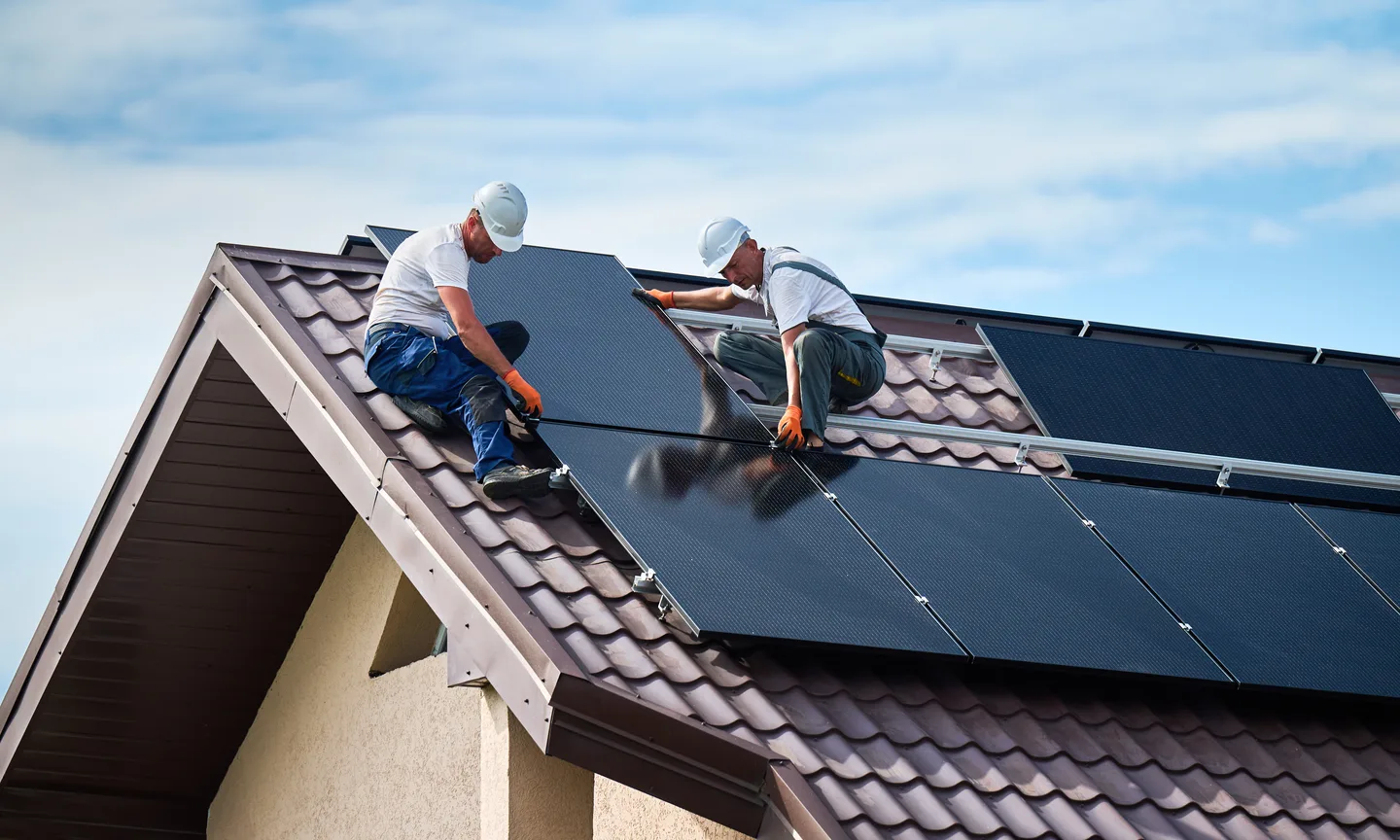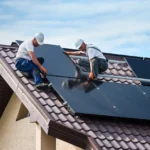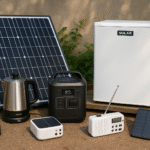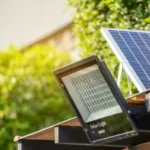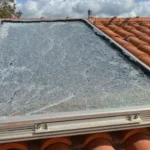Tired of seeing your utility bills eat into your budget? Across the country, homeowners and small business owners are finding that solar isn’t simply an environmental choice; it’s a smart financial move. And thanks to the rooftop solar tax credit, switching to solar has never been more financially rewarding.
In this post, I’ll walk you through how the tax credit works, what real-world solar ownership looks like (the good and the challenging), and practical steps you can take to maximize your investment.
What Is the Rooftop Solar Tax Credit?

The rooftop solar tax credit, formally known as the Federal Solar Investment Tax Credit (ITC), allows homeowners and businesses to deduct a significant portion of their solar installation costs from federal taxes.
- Current Value (2025): The ITC allows you to claim 30% of your installation cost (equipment, labor, permitting) as a tax credit.
- Who Qualifies: Residential homeowners, businesses, and even people installing on secondary properties in many cases.
- What’s Covered: Solar panels, inverters, batteries, EV chargers tied to your solar system, and even some roof work if necessary for solar.
Example: If your rooftop solar installation cost $18,000, you’d receive a $5,400 tax credit on your next federal return.
This credit was recently extended under the Inflation Reduction Act and will remain at 30% until at least 2032, making the next few years a golden opportunity for going solar.
Why Real-World Solar Ownership Isn’t Just About Credits
Installing solar panels is only the first step. Over the years I’ve worked with solar homeowners, I’ve seen patterns, both successes and headaches, that can help you make smarter decisions.
A Client Story: When Dirt Becomes a 20% Problem
One of my early clients in Arizona called me frustrated that their system wasn’t hitting the projected output. After a quick inspection, we discovered the culprit: dust and pollen buildup on their panels. Their 400W panels were effectively producing closer to 320W, about a 20% drop in efficiency.
A simple cleaning restored the performance. Now, the homeowner has a quarterly cleaning schedule, saving them hundreds of dollars a year in lost energy production.
Tip: Plan to clean panels at least every 3–4 months if you live in dusty or pollen-heavy areas.
How Efficiency Loss Happens (and How to Fix It)
Solar panels are reliable, but “set and forget” isn’t the smartest approach. Here are common causes of output loss and how to fix them:
1. Dirt and Debris
- Loss Impact: Up to 20% output reduction.
- Fix: Hose rinse monthly plus professional cleaning quarterly in high-dust regions.
2. Shading from Trees
- Loss Impact: Even small shadows can cut output dramatically.
- Fix: Consider microinverters or optimizers, and trim trees seasonally.
3. Inverter Failures
- Real Example: I once consulted on a 10 kW system that suddenly dropped by half. It turned out that one inverter string had failed. The homeowner had no idea until their utility bill spiked.
- Fix: Use monitoring apps (many installers provide them). If output drops unexpectedly, call your installer immediately.
4. Battery Mismanagement
- Problem: Over-discharging can shorten battery life.
- Fix: Keep batteries within the 20–80% range when possible, and update firmware for smart battery systems.
Solar + EV: Powering Your Car from the Sun
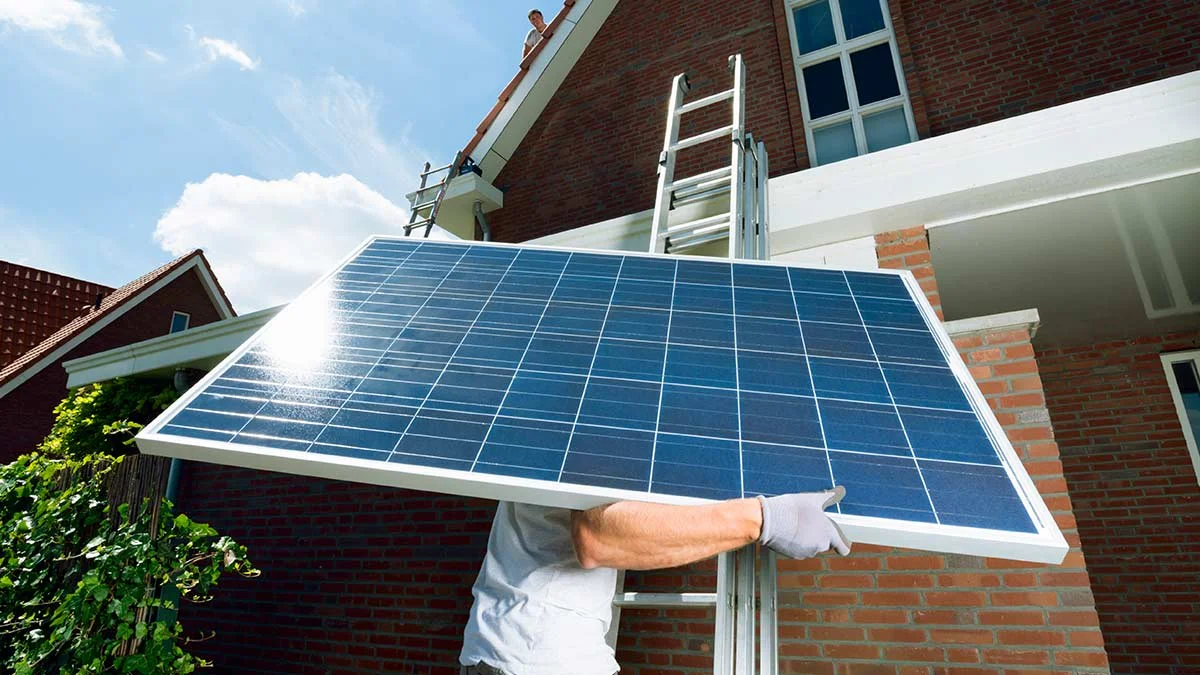
One of the most exciting parts of solar ownership is charging an electric vehicle (EV) directly from your roof. Imagine driving in sunshine, literally.
Choosing the Right EV Charger for Solar
- Level 2 Chargers: Best for homeowners, typically 7–11 kW.
- Smart Chargers: Can sync with your solar production, charging your car only when your panels are producing excess energy.
- Real-World Note: A client of mine in California installed a Tesla Wall Connector tied to their rooftop system. Their Model Y runs about 300 miles per week on solar only, saving roughly $200/month compared to gas.
Pro Tip: Pairing an EV charger with your solar install often qualifies for the rooftop solar tax credit, bundling the savings.
Off-Grid Dreams: Batteries and Smart Inverters
If you live in an area with frequent blackouts or if you’re considering going fully off-grid, storage and inverter choices become critical.
Solar Battery Care
- Lithium-ion batteries (like Tesla Powerwall or Enphase IQ) are the most common.
- Avoid deep discharges; this can cut lifespan by half.
- Keep units in temperature-controlled environments if possible.
Smart Inverters
Modern inverters do more than convert DC to AC. They:
- Prioritize solar self-consumption
- Island your home during outages
- Integrate with smart home energy systems
If you’re considering batteries and inverters, get a load analysis first, how much power you actually need during outages. Oversizing “just in case” often leads to wasted money.
ROI: Is Solar Really Worth It?
Let’s run some real numbers.
- System Size: 7 kW rooftop solar system
- Cost (before credit): $19,600
- Rooftop Solar Tax Credit (30%): -$5,880
- Net Cost: $13,720
- Annual Savings (avg. U.S.): ~$1,500–$2,000 depending on rates
- Payback Period: ~7 years
With warranties often stretching 25 years on panels and 10–15 years on inverters/batteries, the long-term return is significant. After your payback period, you’re essentially generating free electricity.
Common Solar Installation Mistakes (and How to Avoid Them)
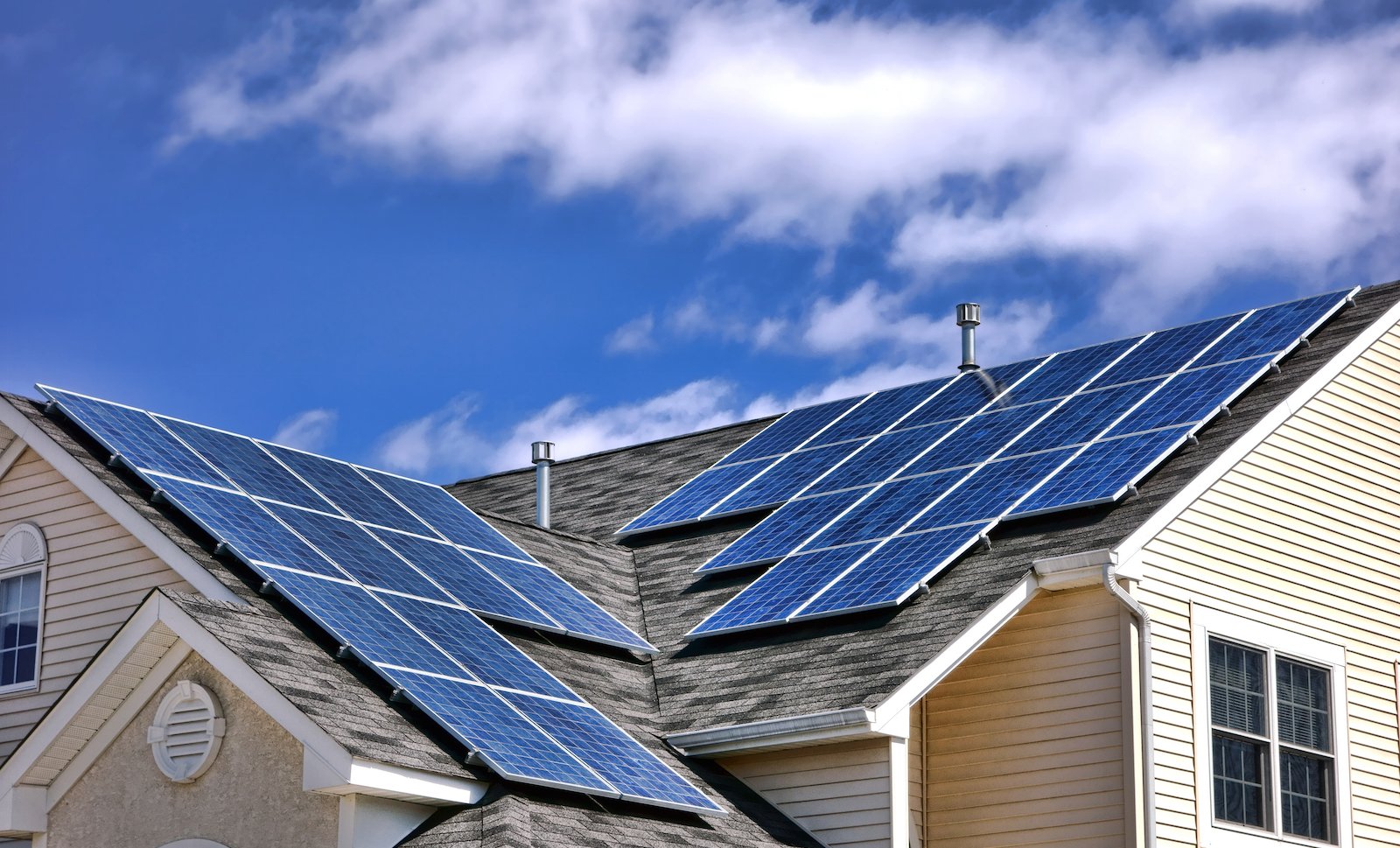
- Not Accounting for Roof Age
- Installing solar on a roof that’s due for replacement means paying twice for removal/reinstallation.
- Always assess the roof condition first.
- Ignoring Local Incentives
- Beyond the rooftop solar tax credit, many states and utilities offer rebates.
- Example: Massachusetts SMART Program, California NEM benefits.
- Skipping Monitoring Systems
- Without real-time monitoring, you may overlook performance issues.
- Most reputable installers now include app-based monitoring.
- Undersizing or Oversizing
- Oversizing increases upfront cost with little return.
- Undersizing may leave you buying grid power unnecessarily.
- A load analysis ensures the right balance.
Balanced Perspective: The Limits of Solar
While solar is powerful, it’s not magic. Some challenges include:
- Nighttime dependence: Without batteries, you’ll still pull power from the grid at night.
- Seasonal variation: Winter months may cut output by 30–50% depending on latitude.
- Upfront cost: Even with credits, solar is a big investment requiring financial planning.
Still, when designed correctly, these limitations are manageable, and the benefits typically outweigh the drawbacks.
Final Thoughts: Is Now the Right Time?
If you’ve been on the fence, here’s the truth: the rooftop solar tax credit makes 2025 one of the best times to invest in solar. Combine that with rising utility rates, EV adoption, and smarter storage technology, and you’ve got a recipe for energy independence and savings.
If your panels haven’t been cleaned in over 3 months, or if you’re considering a new installation, schedule a professional solar inspection. Small maintenance steps today can save you thousands over the lifetime of your system.

